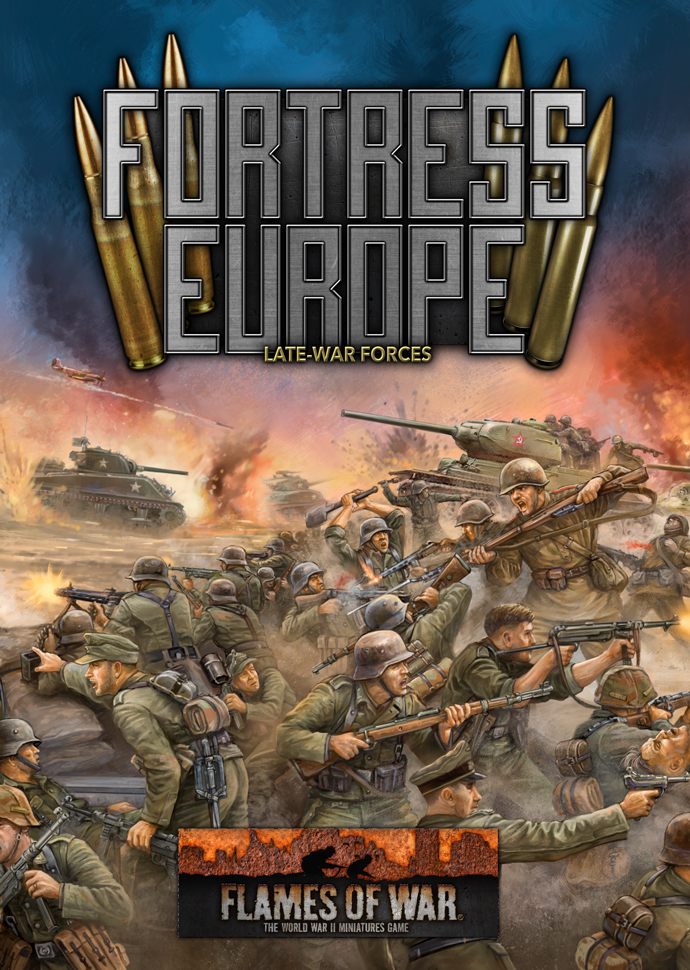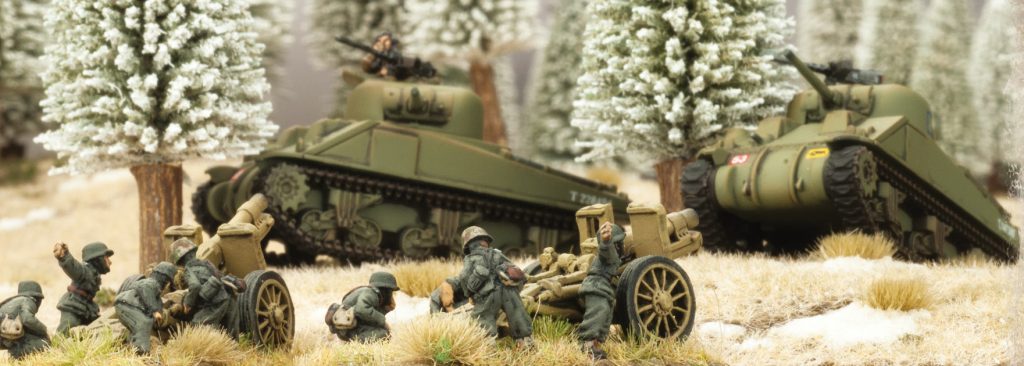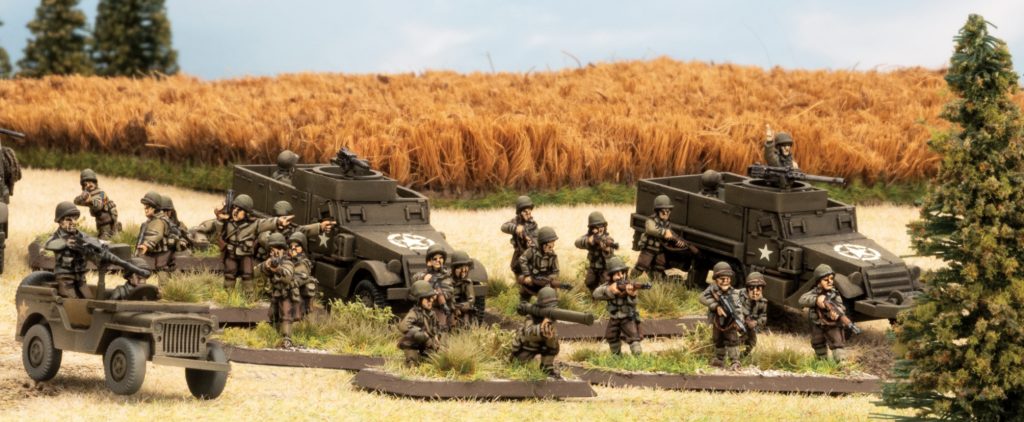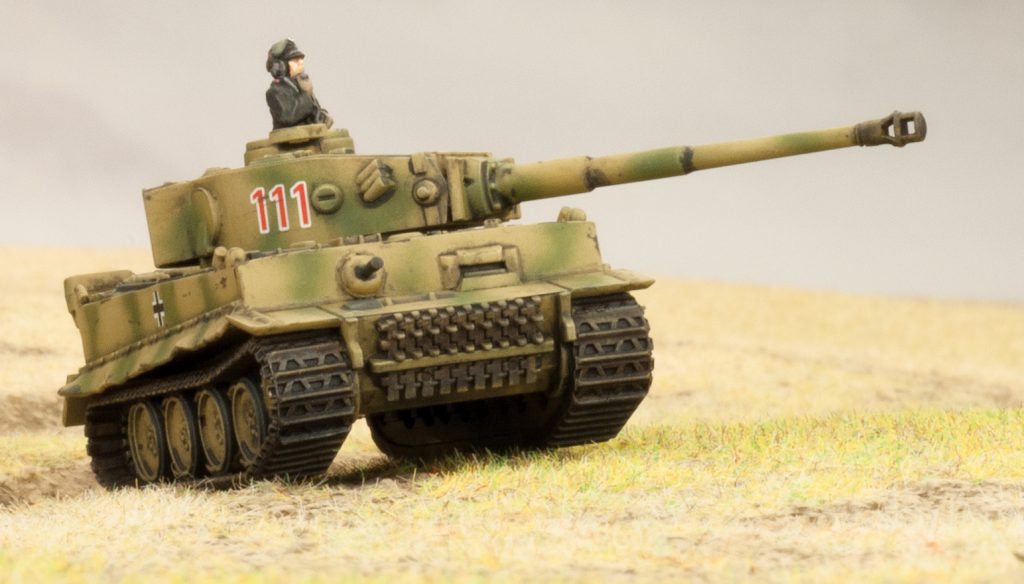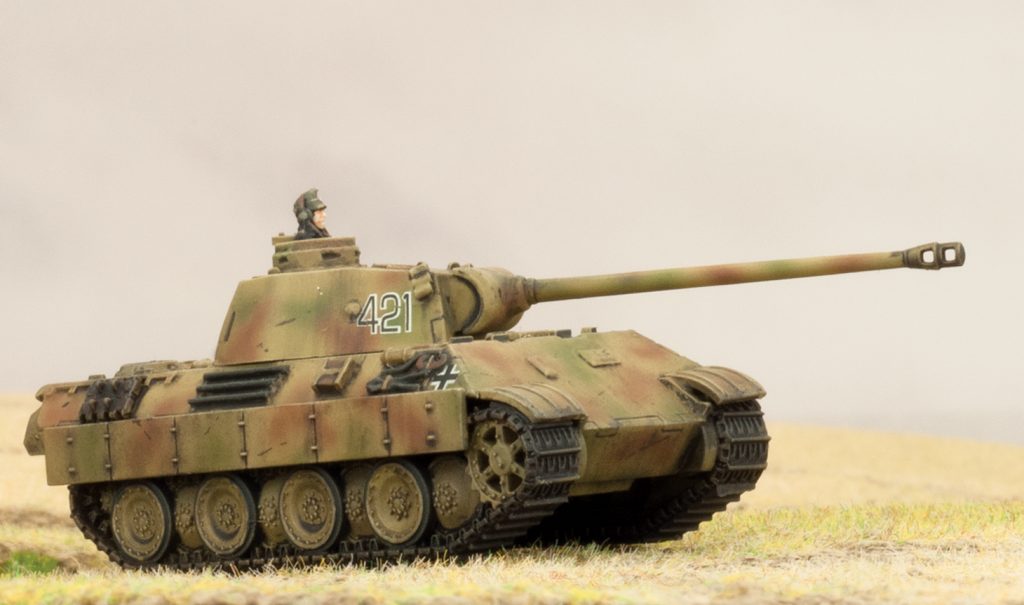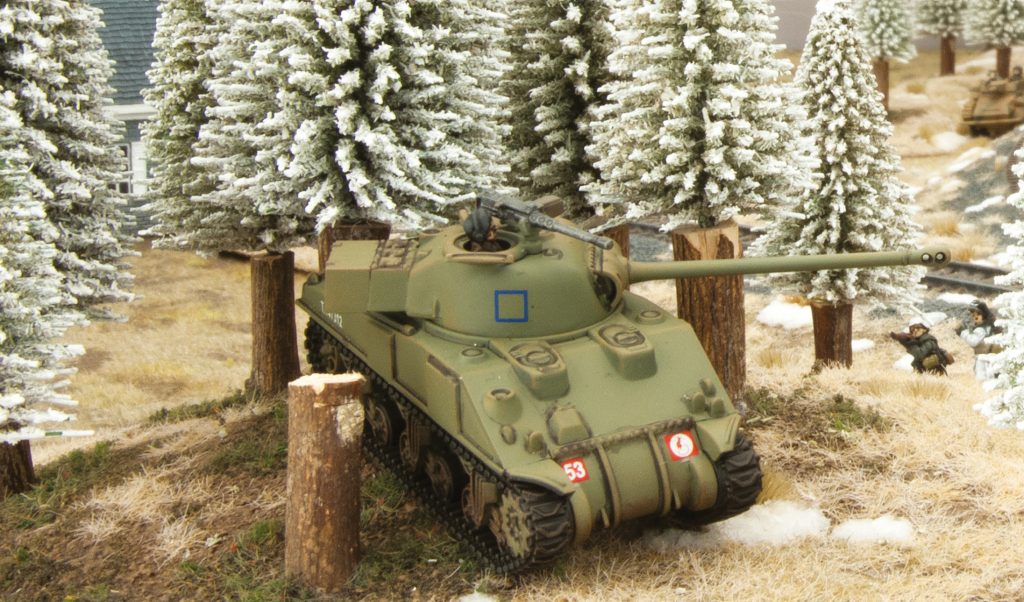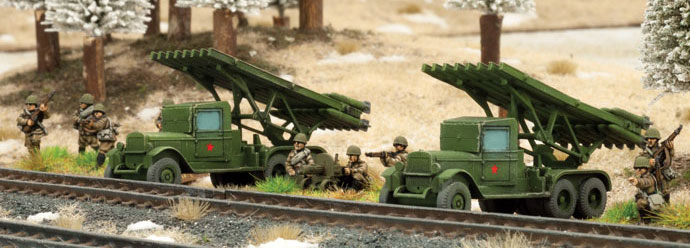with Phil Yates
Flames Of War is a varied hobby with many players with a wide variety of interests. Some are avid historians and others more interested in playing the game as a game. This article explores how you can research and create historical forces using Fortress Europe.
If you choose to go down this path, but don’t have a deep knowledge of history yet, the most important thing to note is that by and large most forces that you can make from Fortress Europe won’t be far off some historical unit somewhere. There are some notable exceptions where you could cross the wires, and I’ll look at them later, but mostly, if you build a force, it will probably be historical!
Start with a Loose Thread
The first step with building any historical force is deciding which bit of history you want to recreate. Start by grabbing some inspiration: a piece of equipment that you love, a battle that you find interesting, a unit that an ancestor fought in, or a historical figure that you have come across. Take hold of this thread and follow it, seeing what happens as you unravel the history behind it.
Hit the Books
With your loose thread firmly in hand, start looking for more information. Search the internet. Find a Wikipedia article on the subject (and if it is about a foreign unit, use Google Translate to read the Wikipedia article in that language too — it’s often very interesting to see both sides of the story!). Go to your local library and see what they have on the matter. There are lots of places to start looking for more threads to unravel.
As you dig, you’ll start refining what the force you want to field looks like. You’ll find references to units and equipment that will give you the basics. Add in information on the state of the troops, their strength and experience, and you’ll be in a position to choose between green troops and veterans, or between full-strength and weakened by previous casualties.
Make a Force
At this point, start building your force using what you have found. You’ll probably come up with more questions as you go along, things like ‘Was this division supported by these?’. If you can’t find an answer, ask around. It’s likely that someone on a forum will know. If you still can’t find the answer, the good news is that it is difficult for anyone to say you’re wrong!
Play Games
The ultimate goal is of course to play games, so get out there and enjoy the fruits of your labour, pitting your new force against others on the tabletop. Learn its strengths and weaknesses and see if you can recreate some of your unit’s battlefield exploits.
Don’t worry if your force doesn’t have the things that the ‘experts’ are saying are ‘essential’ in every force, trust me, they’re not. Every force has its capabilities and shortcomings. If you play to your strengths and mitigate your vulnerabilities, you can be successful, regardless of your force.
Making Unhistorical Forces
If you are using Fortress Europe, it’s not that easy to actually make an unhistorical force unless you start adding some constraints such as it has to be in 1944, or it has to be in Normandy. The best (only?) way of building an unhistorical force is putting things that really weren’t at the same place and time together.
Churchills in Italy
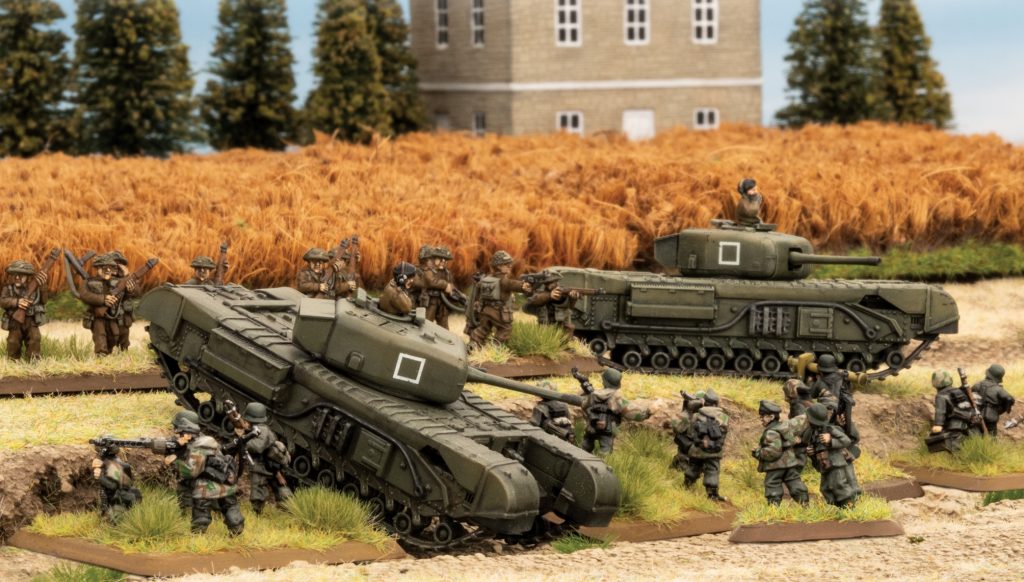
But you say, I want 17 pdr guns to give my Churchills some better anti-tank capability. No problem, the Churchill crews wanted that too. They often had M10 self-propelled guns attached for anti-tank support (although they weren’t armed with 17 pdr guns at this stage, just their original 3-inch guns). So now we have two ways we could make our Churchills unhistorical, and a solution. Which way you go is up to you.
The Eastern Front
OK, you say, that’s pretty specific, but what other unhistorical forces can I build? Well, if you want to fight in Normandy or Italy rather than on the Eastern Front, you could take German aircraft! If you are fighting in Normandy, you could field Panzer III tanks and flame-thrower tanks, or Hornisse or Ferdinand tank-hunters. But those same forces wouldn’t be unhistorical on the Eastern Front.
If you are playing a Soviet force and wanted to push the bounds of history, you could field KV-1, Churchill, or M3 Lee tanks as part of a tank or motor rifle force, since by this time they were obsolete and relegated to infantry support on quiet sectors of the front (not that Stavka let any sector remain quiet for long!).
As you can see, it’s not that easy to stray too far outside the bounds of history with Fortress Europe. Remember though, if you really don’t care about the history side of things, there’s no reason at all that you shouldn’t build an interesting force that recombines elements of history in new and wonderful ways!

